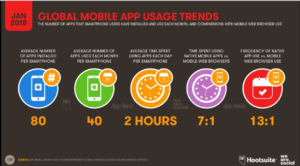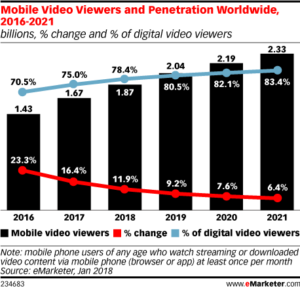
Monetizing Services in Digital Time with AI and Machine Learning

(Zapp2Photo/Shutterstock)
The world we live in continues to accelerate its frantic pace. We are inundated with emails, chats, texts, ads, videos and calls, all clamoring for our attention, often across multiple channels at the same time. In fact, a recent study from Hootsuite shows that the average consumer spends around two hours per day on their mobile device across these channels—from apps to web browsers—and the expectation is for everything to work seamlessly and immediately, around the clock.
Keeping up with consumers who live in “digital time” is no easy feat for any industry, but for telco operators, it’s doubly difficult. Being the bridge between the consumer and all they want to consume, while delivering their own services in tandem, requires today’s operators to leverage the power of artificial intelligence (AI) and machine learning to automate for speed with connected intelligence that delivers insight and recommendations from their vast pools of data.
With the customization of views and ads that come from social media, online stores and even search engines, the personalization factor is also an expectation from today’s consumer.
Machine learning can help determine the right level of personalization for offers and deliver them at the perfect digital moment, increasing take-up rates for services. AI can identify problems faster with automated root cause analysis and anomaly detection, then trigger corrective actions to ensure retention and protect revenues. According to eMarketer, in 2018, around 1.87 billion individuals worldwide will use a mobile phone to watch digital video, an 11.9 percent increase compared to 2017. With real-time offerings like this on the line, every second counts when solving problems.
Machine learning even brings opportunities to monetize operator data towards third parties, with offerings for verticals like retail and transportation. Combined with demographics and social media, operators can sell reports to show anonymized movements of crowds for tracking store performance against competitors, choosing the next location for a shop, seeing what are the most traveled routes for urban planning, and deciding how to lay out the next metro line. This information is especially powerful when layered onto the existing info an operator has about mobile and fixed networks, allowing them to create a comprehensive, multi-faceted solution that addresses a customer need—while making money.
AI also has some promising applications in customer care. Chat bots have been in play for self-care for some time, but the industry is starting to introduce more digital assistants with natural language processing to ease the burden on call centers. Combine that with automated workflow engines that learn how to troubleshoot problems more effectively, and the service levels to the customer increase dramatically. And when customers are satisfied, they are more willing to buy additional services, so offering promotions and cross-selling while creating a positive experience for the customer brings yet another channel to monetize the experience.
Using connected intelligence to reach customers in digital time – delivering the right service through the right channel at the moment a customer has a need – is the mantra for today’s operator, and the only way to get there is with AI in the mix.
About the author: Shelley Schlueter is head of analytics marketing for Nokia, where she focuses on the analytics market today, what advances in machine learning and deep learning bring to the industry, and how that can be applied to customer experiences, vertical markets and more efficient operations for service providers today.






























